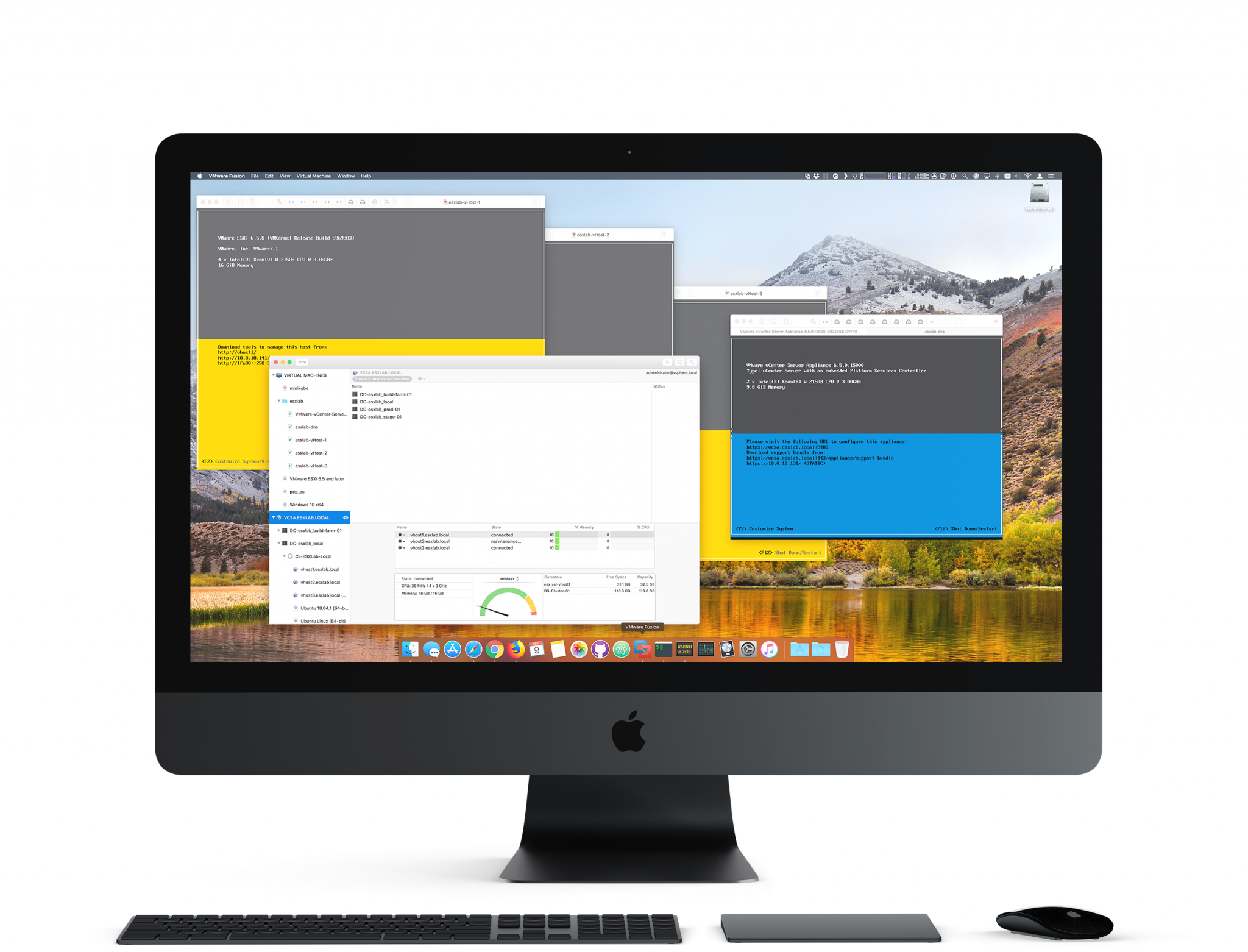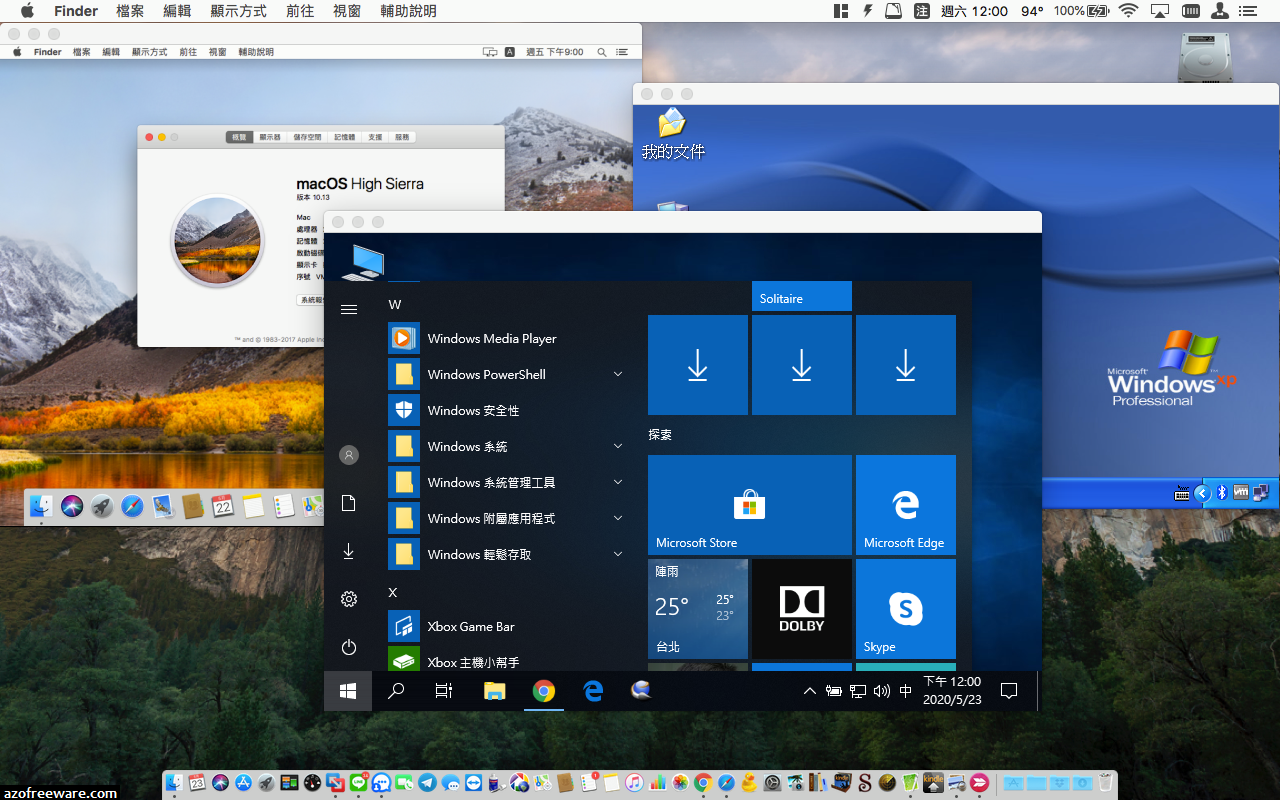
- #Macbook vmware fusion new york drivers#
- #Macbook vmware fusion new york update#
- #Macbook vmware fusion new york driver#
- #Macbook vmware fusion new york windows 10#
#Macbook vmware fusion new york windows 10#
My ancient 12-year old 2 core Dell Core i7 laptop running Windows 10 eats the emulated Windows 10 圆4 on the M1 for lunch.įile this whole experiment under "yes, you can do it, but really, should you if you're serious"? I think I can safely say that x86 emulation on ARM will leave you sorely disappointed.Īs a side note, this exercise highlights why nobody should expect x86 emulation to be built into virtualization products so that you can continue to run those x86_64 operating systems. That improved the speed, but not to where I consider it usable.
#Macbook vmware fusion new york drivers#
I've tried every suggested emulation tuning trick posted on the web, and yes I've installed all the QEMU drivers and SPICE tools. It's not disk bound either.Īnd it's indeed a science project. I did not starve UTM VMs or the Mac host for CPU or memory. It does not run anywhere close to native M1 chip performance. I can access a folder on my host Mac from Windows.īut wow, It's slow as molasses. Yes it installs (not as easily as I'd like, but it does install). If you need to get serious work done with an Intel operating system, use an Intel CPU.Īs a project, I'm in the middle of trying to get Windows 10 圆4 up and running on UTM on an M1 Mac. See how we test, rate, and review products on TechRadar.Take comment seriously. The aim was to push each software platform to see how useful its basic tools were and also how easy it was to get to grips with any more advanced tools.
#Macbook vmware fusion new york update#
We then looked at how stable the virtual machine software was and how easy it was to update and customize each OS option. We then tested the service to see how the software could be used for different purposes and in different situations, such as how many different operating system installs it could handle. To test for the best virtual machine software we first set up an account with the relevant software platform. How we tested the best virtual machine software Although there are some wonderful open source options out there, free and budget software options can sometimes prove limited when it comes to the variety of tools available, while higher-end software can really cater for every need, so do ensure you have a good idea of which features you think you may require. When deciding which virtual machine software to download and use, first consider what your actual needs are.

Which virtual machine software is best for you?

We've featured the best laptops for programming. Hyper-V allows relatively inexperienced users to create a virtual server environment, but don’t expect to be able to do as much as you can with other virtualization platforms.
#Macbook vmware fusion new york driver#
Although driver support for Linux isn’t great, and there is no virtual GPU support. The guest OS support includes Windows Server, Windows XP SP3 or later, Linux with a 3.4 or better Kernel and FreeBSD. However, what you get for nothing is a very basic hypervisor that can’t do the clever things that VMware offers.

These days it comes as part of Windows 10 Pro and Windows Server (20), at no additional cost to the user. Originally codenamed Viridian, and then Windows Server Virtualization, it was rebranded to Hyper-V Server when it was first released in late 2008. A key emphasis is on security by using as small a code base as possible, making it not just secure but especially flexible. The service is especially applicable for hyperscale clouds, and can easily be used with AWS, Azure, Rackspace, IBM Softlayer, and Oracle. The Xen Project software is even being used in automotive and aviation systems. This includes but is not restricted to Infrastructure as a Service (IaaS) applications, desktop virtualization, and security virtualized. It is especially used for advanced virtualization, not least for servers, in both commercial and open source environments. The Xen Project now works with The Linux Foundation in promoting open source applications. Originally developed by Cambridge University, the staff who created it spun it into a company that was later acquired by Citrix. Xen Project is a free and open source virtual machine monitor (VMM), intended to serve as a type-1 hyperviser for multiple operating systems using the same hardware.


 0 kommentar(er)
0 kommentar(er)
